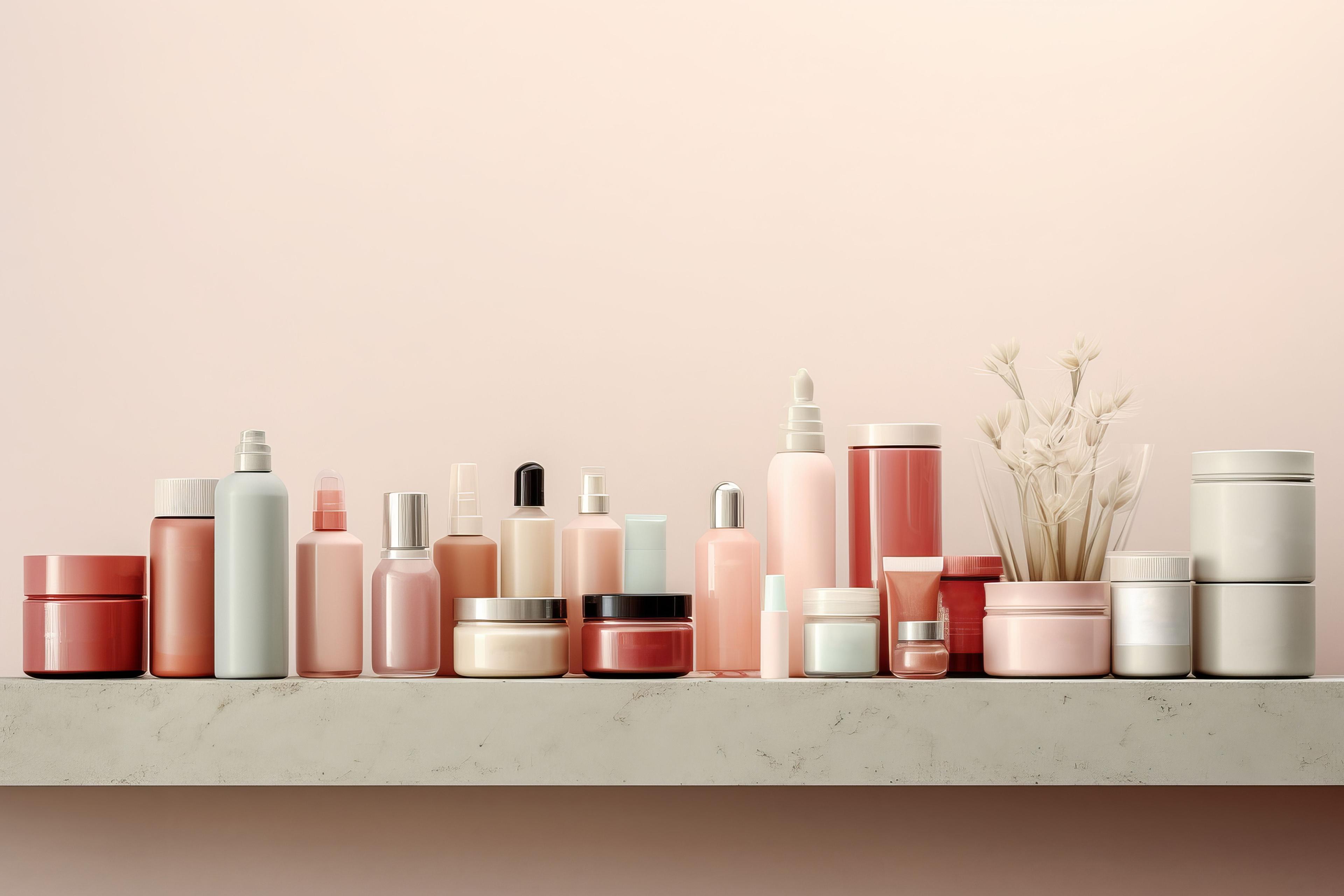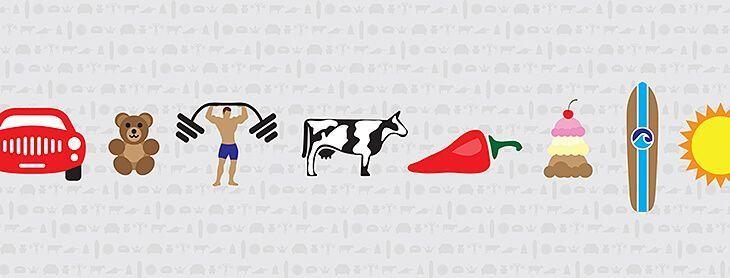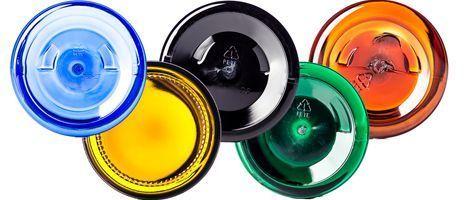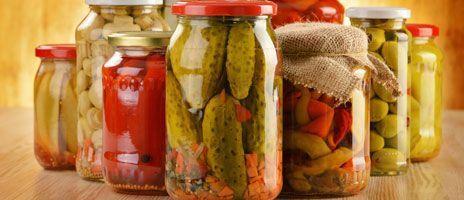The Impact of Packaging on Cosmetic Consumer Behavior


How Packaging Influences Consumer Choices
Packaging plays a crucial role in the beauty industry, affecting how consumers perceive, interact with, and ultimately purchase cosmetic products. More than just a protective casing, packaging serves as a silent salesperson, conveying brand identity, product quality, and even emotional appeal. With increasing competition in the cosmetics market, brands must recognize the importance of packaging design in shaping consumer behavior.
In today’s fast-paced and visually driven world, consumers often make split-second decisions about a product based on its packaging alone. An attractive, functional, and sustainable package can significantly impact a brand’s success. This article explores how packaging elements such as design, color, material, and functionality influence consumer purchasing decisions and brand loyalty, ultimately shaping the overall cosmetic experience.
1. First Impressions Matter: The Role of Visual Appeal
The first thing a consumer notices about a cosmetic product is its packaging. Eye-catching designs, luxurious finishes, and aesthetically pleasing elements can draw attention and encourage purchase decisions. A well-crafted design helps a brand make a strong first impression and build customer trust.
Key Factors in Visual Appeal:
- Color Psychology: Different colors evoke specific emotions—gold and black for luxury, green for sustainability, and pastel shades for softness and femininity. Brands strategically use colors to communicate product benefits and target the right audience.
- Typography and Branding: Elegant fonts and well-placed logos enhance brand recognition and credibility. Bold and readable fonts create a modern feel, while cursive and embossed typography convey elegance.
- Minimalist vs. Bold Design: Depending on the target market, sleek and simple packaging may appeal to premium buyers, while vibrant packaging may attract younger audiences who prefer playful, eye-catching designs.
- Shape and Structure: Unconventional packaging shapes can create curiosity and encourage engagement. Ergonomic designs enhance functionality and provide a better user experience.
- Textured Finishes: Matte, glossy, embossed, or soft-touch packaging surfaces can influence consumer perception of quality and luxury.
Example: Brands like Fenty Beauty and Glossier use minimalist, clean packaging to create an upscale and modern appeal, while Too Faced and Tarte embrace bold, playful, and colorful packaging to engage younger audiences.
2. Packaging Material and Sustainability Considerations
Consumers today are increasingly aware of environmental issues, and packaging sustainability plays a crucial role in buying decisions. Brands that use eco-friendly materials can enhance their reputation and attract environmentally conscious customers.
Sustainable Packaging Trends:
- Biodegradable and Recyclable Materials: Glass, aluminum, and post-consumer recycled plastics reduce waste and promote sustainability.
- Refillable and Reusable Containers: Encouraging consumers to repurchase refills rather than new packaging significantly reduces plastic consumption.
- Minimalist Packaging: Reducing excess waste by eliminating unnecessary layers and plastic components aligns with sustainability goals.
- Soy-Based and Water-Based Inks: These printing alternatives reduce chemical waste and make packaging more sustainable.
- Carbon-Neutral Packaging: Brands investing in carbon offset programs to neutralize their production impact appeal to eco-conscious consumers.
Example: Lush Cosmetics is known for its minimal or zero packaging approach, encouraging customers to bring back empty containers for recycling.
3. Functional Packaging: Enhancing the User Experience
Aesthetic appeal is important, but packaging must also be functional and convenient. Poorly designed packaging can lead to customer frustration, while user-friendly designs can improve brand loyalty and create a positive user experience.
Features That Improve Usability:
- Airless Pumps: Prevents contamination and increases product longevity by eliminating exposure to air and bacteria.
- Compact and Travel-Friendly Designs: Consumers appreciate lightweight and easy-to-carry products that fit into their daily routines.
- Easy Dispensing Mechanisms: Droppers, pumps, and squeeze tubes ensure precise application and reduce product wastage.
- Magnetic Closures: Provides ease of use and an added sense of luxury.
- Clear Windows or Transparent Packaging: Allows consumers to see the product inside, increasing confidence in their purchase.
Example: Estée Lauder’s airless pump technology extends the shelf life of its skincare products while maintaining a sleek, high-end design.
4. The Psychology of Luxury and Exclusivity
High-end cosmetic brands use packaging to create an aura of luxury and exclusivity. Premium materials, unique shapes, and high-quality finishes can elevate a brand’s perceived value and justify higher price points.
Luxury Packaging Elements:
- Embossed or Foiled Branding: Adds sophistication and tactile engagement.
- Heavyweight Glass or Metal Containers: Feels premium in hand and conveys durability.
- Satin or Velvet-Lined Boxes: Enhances the unboxing experience and makes the product feel more special.
- Limited-Edition Packaging: Encourages urgency and exclusivity, leading to higher demand and repeat purchases.
- Signature Design Elements: High-end brands often use iconic packaging that instantly signals luxury, such as Chanel’s black-and-gold lipstick cases.
Example: YSL’s gold lipstick cases and Dior’s signature embossed compacts have become symbols of prestige and elegance in the beauty industry.
5. The Influence of Packaging on Brand Loyalty
Beyond first impressions, well-designed packaging fosters long-term customer loyalty. Consumers tend to gravitate toward brands that provide a consistent and recognizable packaging experience.
Strategies for Building Brand Loyalty Through Packaging:
- Consistent Branding Across Product Lines: Ensures easy recognition and reinforces brand trust.
- Personalized and Limited-Edition Packaging: Encourages exclusivity and repeat purchases.
- Emotional Connection Through Storytelling: Using packaging to communicate a brand’s mission and values enhances customer engagement.
- Eco-Friendly Initiatives: Brands with strong sustainability efforts create deeper connections with environmentally conscious consumers.
- Interactive Packaging: QR codes, augmented reality, and digital experiences can extend consumer interaction beyond the physical product.
Example: Glossier’s pink bubble wrap pouches have become an iconic part of its brand experience, encouraging customers to reuse them and share their purchases on social media.
Packaging as a Powerful Marketing Tool
Packaging is a vital factor in cosmetic consumer behavior, influencing purchasing decisions, brand perception, and customer loyalty. By combining aesthetics, functionality, sustainability, and emotional appeal, brands can create packaging that not only attracts consumers but keeps them coming back.
Modern consumers expect more than just visually appealing packaging; they seek convenience, sustainability, and a memorable unboxing experience. The most successful beauty brands recognize that packaging is not just about housing a product—it is an extension of the product itself and a key differentiator in an oversaturated market.
Looking to elevate your cosmetic packaging? Discover innovative packaging solutions that captivate and engage consumers today!




